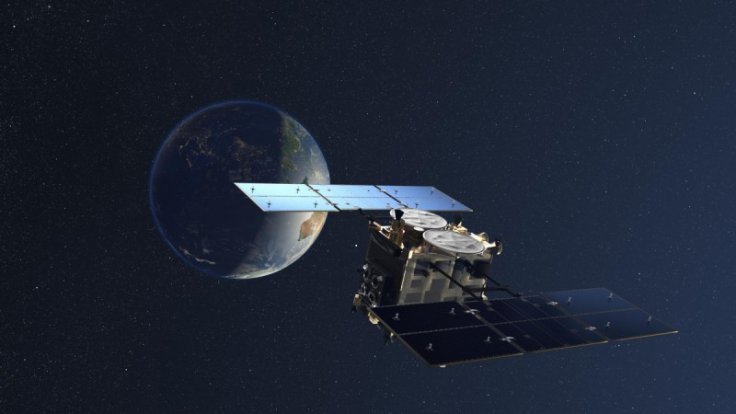
Japanese space organization (JAXA) left a mark on the world on September 21 after it landed two rovers on a one-kilometre-wide asteroid. The two rovers named Rover 1A and Rover 1B are right now on asteroid Ryugu in an attempt to capture pictures and record its surface temperatures.
They have now been joined by a third member of their team on the asteroid 273 million km away. This time it's a shoebox-sized lander called the Mobile Asteroid Surface Scout (MASCOT). It was launched from Japan's Hayabusa-2 spacecraft, which remains in Ryugu orbit.
Project manager of MASCOT, Tra-Mi Ho, from the DLR Institute of Space Systems in Bremen, Germany, said that it [the mission] couldn't have gone better. "From the lander's telemetry, we were able to see that it separated from the mothercraft and made contact with the asteroid surface approximately 20 minutes later."

The lander, which was a German and French collaboration, is sending information with its four onboard instruments—a camera, radiometer, spectrometer and magnetometer.
MASCOT has so far captured about 20 images, most of which show its descent on the asteroid. Data and images have already been sent to Earth. Karl-Heinz Glaßmeier, part of the MASCOT team from the Technical University of Braunschweig in Germany, said that "the measurements show the relatively weak field of the solar wind and the very strong magnetic disturbances caused by the spacecraft.
"At the moment of the separation, we expected a clear decrease of the interference field — and we were able to recognise this clearly."
Ryugu is believed to be quite a relic and belongs to an asteroid which was previously known as 162173 Ryugu. The mission is also one of its kind, and it differs from the European Space Agency's (ESA) Rosetta mission which landed on a comet in 2016, where it landed and remained stationary on the surface, collecting data and recording images.
If the Japanese mission happens to work out as originally expected, studies could help us discover the evolutionary path of space and by extension, our planet.









